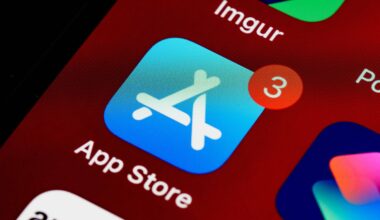INTRODUCTION
We are in the era where the software-as-a-service (SaaS) industry is constantly seeking the most effective growth strategies to stay ahead of competition and market trends. Two prominent methodologies have emerged as front-runners: Sales-led growth (SLG) and Product-Led Growth (PLG). In this blog, we’ll delve into the nuances of each approach and explore whether a combination of both could be the winning formula for SaaS companies.
Understanding Sales-lead growth (SLG)
Sales-led growth is a comprehensive approach that involves strategic planning, collaboration, and proactive decision-making. It focuses on market research, competitive analysis, and targeted marketing campaigns to drive growth. In the context of a SaaS company, SLG would entail meticulous planning of sales and marketing strategies, identifying key customer segments, and crafting compelling value propositions.
Advantages of SLG for SaaS
- Personalized Approach: SLG allows SaaS companies to tailor their approach to different customer segments, ensuring that the value proposition resonates with the unique needs of each group.
- Strategic Partnerships: By engaging in strategic collaborations and partnerships, SaaS companies can expand their reach and leverage the strengths of complementary businesses.
- Diversification: SLG encourages diversification of product offerings, enabling SaaS companies to cater to a broader audience and reduce dependency on a single product or market.
Understanding Product-Led Growth (PLG)
Product-led growth, on the other hand, places the product at the forefront of the growth strategy. It relies on the product’s inherent value and usability to drive user acquisition, retention, and expansion. For a SaaS company adopting PLG, the emphasis is on creating a seamless, intuitive product experience that encourages self-service adoption.
- Centric Focus: PLG places a strong emphasis on understanding user needs and continuously refining the product based on user feedback, resulting in a user-centric approach to growth.
- Virality and Network Effects: A well-designed product with features that encourage user sharing and collaboration can lead to organic growth through word of mouth, virality, and network effects.
- Reduced Sales Friction: PLG minimizes the need for traditional sales processes by allowing users to experience the value of the product firsthand, reducing friction in the sales cycle.
Combining SLG and PLG
While SLG and PLG may seem like opposing strategies, there’s a growing recognition that a combination of both can yield optimal results. The strategic planning and targeted marketing of SLG can be enhanced by the user-centric approach and virality of PLG.
- Data-Driven Decision Making: Use data analytics to inform both strategic planning (SLG) and product enhancements (PLG). This ensures a holistic understanding of customer behavior and preferences.
- Aligned Sales and Product Teams: Foster collaboration between sales and product teams to ensure that customer feedback is seamlessly integrated into product development, creating a continuous improvement loop.
- Agile and Iterative Approach: Embrace an agile mindset that allows for quick iterations in both product development and strategic planning based on real-time feedback and market dynamics.
CONCLUSION
In the dynamic world of SaaS, there is no one-size-fits-all solution. SaaS companies must carefully evaluate their unique strengths, market conditions, and customer base to determine the most effective growth strategy. While SLG and PLG offer distinct advantages, a judicious integration of both could be the winning formula for sustained success in the competitive SaaS landscape.






